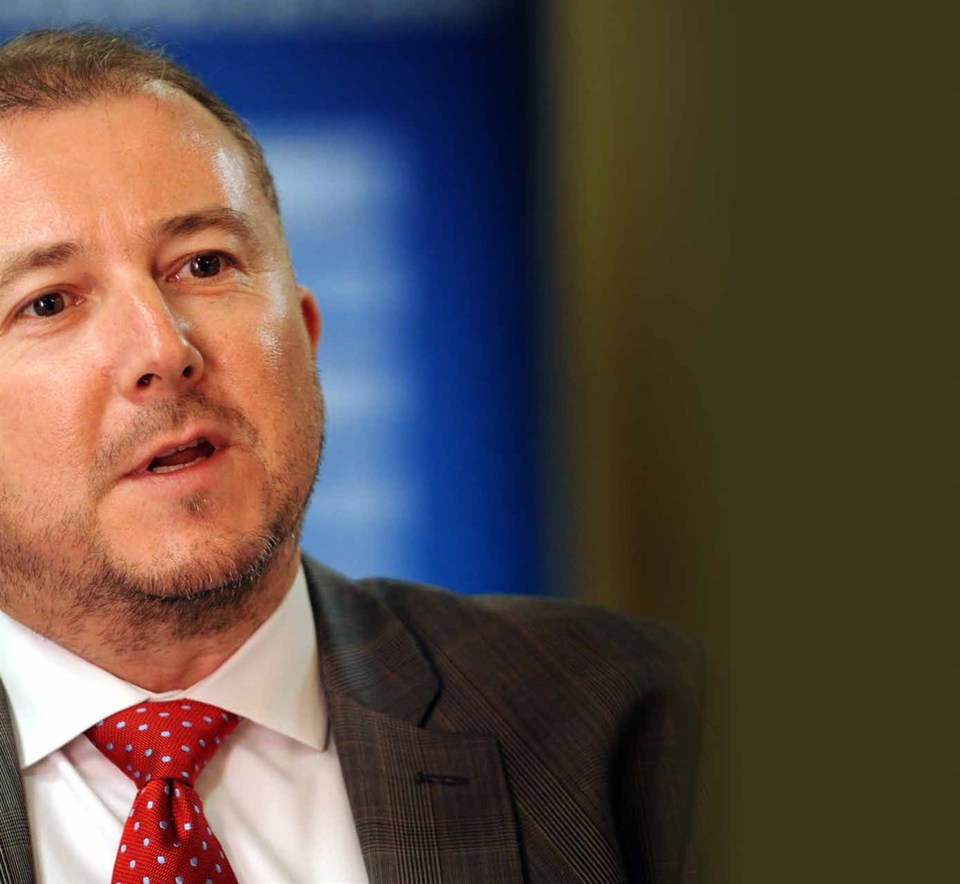Most contract hire and leasing companies in the FN50 reside in one of two camps: those with ambitious expansion plans, constantly on the look-out for acquisition or organic growth opportunities, and those content to continue with the same or similar risk fleet size, concentrating all their energy instead on customer service.
Days Contract Hire is one of the latter. In some ways it’s not the most trail-blazing of leasing providers – it only recently added fleet management software to its list of services, for example (a deal with Jaama, see panel) – but when it comes to customer service, it’s dynamic. This family-owned business trades on its reputation and what it calls its “spirit of partnership” with customers.
In the past five years, its risk fleet size has grown by fewer than 900 vehicles, to 9,839, a rise of just under 10%, but its turnover has increased by 60% to £43.9 million (2012 figures, the latest available). More importantly, its pre-tax profits have risen by 203% to £5.07 million, while return on capital employed (the return achieved for every pound invested in the business) has swelled from 3.6% to 7.04%. Few leasing companies can offer such an impressive set of figures, particularly on a relatively static fleet size.
So what makes Days Contract Hire tick? The company was launched by South Wales-based franchised dealer CEM Day in 1988, initially to target public sector business. It’s largely stayed under the radar since, but has extended into the SME and corporate sectors with a typical customer running 50-100 vehicles.
Public sector remains a core part of the business, accounting for a quarter of the fleet. Director Aled Williams was appointed in 1998, bringing an outsider’s perspective to a business run by the descendants of the Day family which launched the dealer 88 years ago.
He believes the needs of fleet customers are polarising: they either want a total fleet management solution or just access to funding. Few want part-solutions.
“This middle ground is thinning – fleets either want a funding solution because they have the ability to manage in-house or they need a total solution because they have lost the fleet function,” Williams says.
Those requiring the full suite of services are becoming more demanding. “They want fleet partners that are true partners, not just funders. They want acquisition, management, disposal, recovery, supply of vehicles and management of the whole process, as well as rental, accident management, telematics and, more recently, in-car cameras.”
Williams predicts that the relationship will evolve further towards a “complete solution”, ultimately resulting in Days either replacing an in-house fleet operation or working much more closely alongside it, adding more value.
He confidently asserts that Days can add value to any business but says the key to a successful relationship is customer service and establishing from the outset the fleet’s goals. “It’s about making sure you can service the contract to its highest possible level and achieving, if not surpassing, the customer’s expectations,” he explains.
“At the start of the relationship it is important for the customer to understand what we can and cannot do in terms of solutions and timeframes, etc. We might have to come up with additional solutions using third-party suppliers, for example telematics or in-car cameras, and this has to be agreed upfront.
“It is important that the client understands that either we can manage that relationship or they can do it themselves. If it’s not us owning the relationship, then they are reliant on that third party’s solution.”
Days’s size and family-dealer ownership model are two of its biggest assets; it can react and adapt rapidly to change by making instant decisions. Complementing this is the fact that it takes the full risk for funding, maintenance and residual values, with all the underwriting carried out internally, further speeding up the process.
“We are the experts in this field – the pressure should be with us, not on the client,” Williams says. The process is transparent, with residual decisions fully explained and agreed with the client. Williams has no qualms about this level of openness.
“They recognise that we have to make a profit to be successful and to provide the right level of service,” he says, adding: “As long as that profit isn’t excessive.”
One area the company has been pushing hard is wholelife cost fleet management. Many companies still do not base their vehicle choice lists on this approach, despite the implications on cost, although most Days customers have switched in the past two to three years.
“Wholelife costs can have a remarkable impact on a business, especially if they have lost their internal fleet function and have not reviewed their policy recently,” Williams says.
“The cost savings you can achieve by ensuring the company uses the correct vehicles for the correct contract length are significant.”
While its overall vehicles number might have remained largely static over the past five years, Days has steadily migrated its fleet towards a greater proportion of vans. Commercial vehicles now account for 25% of its business, compared to 10-15% previously.
“Historically our customers had cars with us and commercial vehicles with another provider; now they want to pull everything together, as long as it offers best value,” Williams says.
Its 300-strong customer-base is varied, ranging from solesupply SMEs to mixed-supply corporates, and everything in between. However, Williams is critical of companies who choose a multi-supply arrangement with several leasing providers competing on price for each vehicle.
“They are wrong to take this approach,” he says. “They are focusing on price, not value.” He expects a growing proportion of fleets to consider sole supply arrangements as they move towards complete management solutions, viewing their business through one portal. That will certainly benefit the likes of Days, but Williams says the family have no desire for sudden growth.
“Our fleet size and client numbers have remained stable over the past three or four years and we are not actively looking to grow,” he says. “Our aim is to improve services and move with the market, and that will naturally increase our fleet size.”






















Login to comment
Comments
No comments have been made yet.